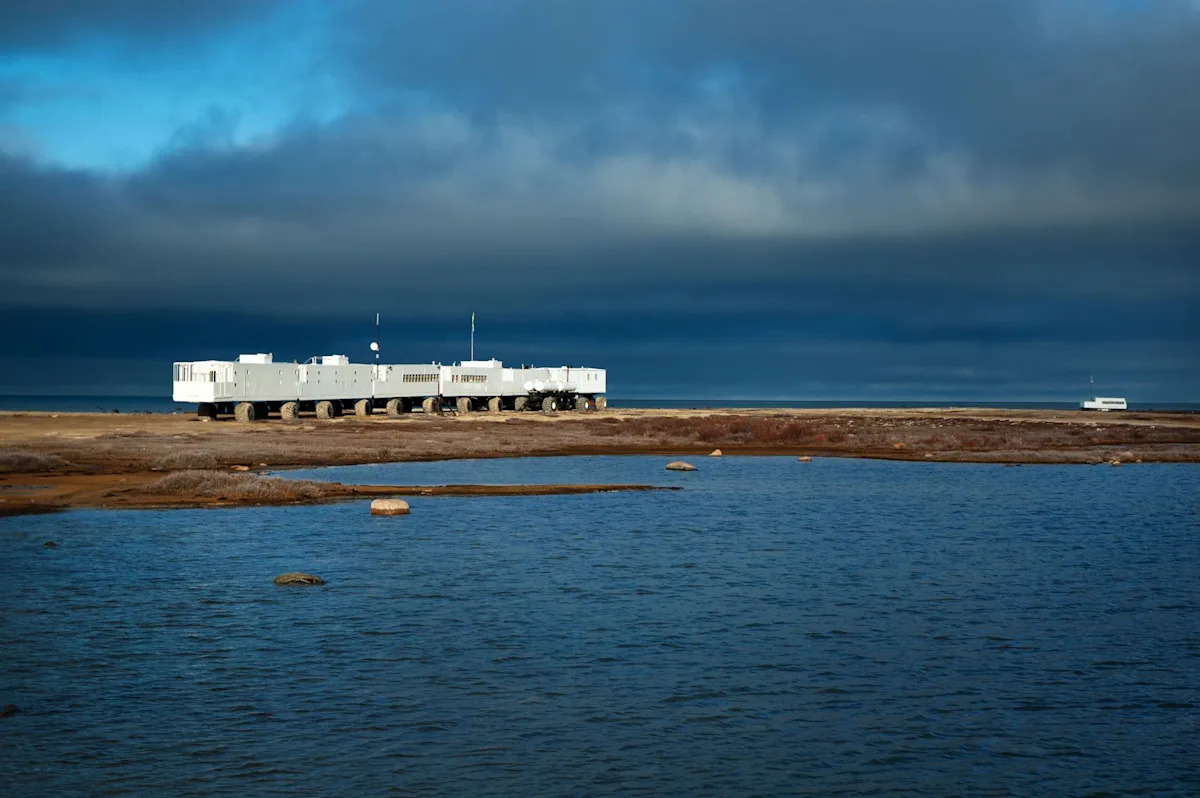Home / Environment / Melting Arctic Ice Transforms Shipping Lanes, Threatens Ecosystems
Melting Arctic Ice Transforms Shipping Lanes, Threatens Ecosystems
15 Oct
Summary
- Ice loss in Hudson Bay allows longer shipping seasons
- Increased shipping may disrupt marine ecosystems and wildlife
- Researchers monitoring changes to prepare for environmental impacts

As of October 15th, 2025, researchers from Canada's University of Manitoba have been closely studying the dramatic changes occurring in the Hudson Bay due to rising temperatures and melting ice. For a long time, the northern waters of Canada were covered in ice for most of the year, but now the thinning ice is increasing the navigability of the Hudson Bay.
This newfound accessibility is paving the way for smoother shipping and trade, but it also comes with significant environmental concerns. Scientists worry that the Hudson Bay may eventually become completely ice-free even during the winter months, which would have a severe negative impact on the local ecosystem. The director of the University's Churchill Marine Observatory, Fei Wang, warns that this could affect marine life such as beluga whales and polar bears.
Additionally, the presence of more ships in the area could disrupt the migratory behavior of whales and introduce invasive species from other parts of the ocean, further disrupting the delicate balance of the Hudson Bay's biodiversity. Researchers are actively monitoring the situation and exploring all possible scenarios to prepare for the environmental hazards that may arise from this rapid transformation of the Arctic shipping lanes.

